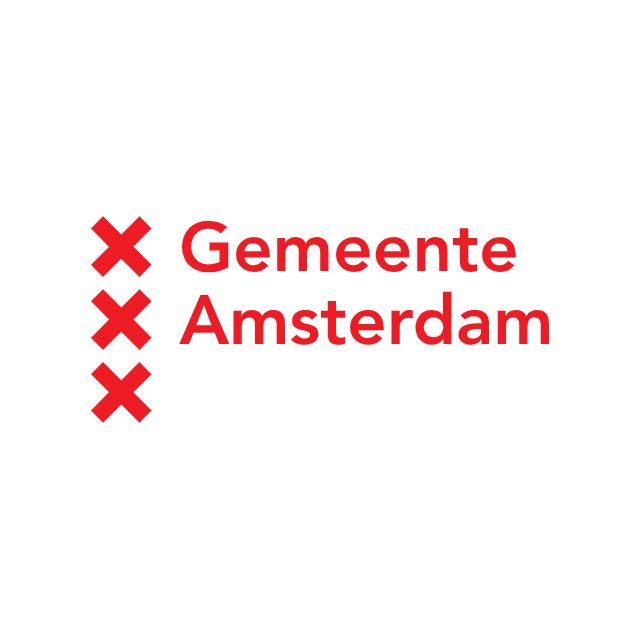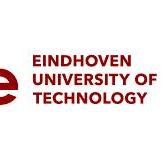Code the Streets
With cities continuously growing, so does the number of people that move around. This gives rise to the challenge of finding ways to manage urban mobility. What does urban mobility look like in the future? As part of the Code the Streets project, we focus on responsible and speculative design and its potential to shape the cityscape of the future.

Code the Streets is an overarching EIT Urban Mobility project. It includes various ‘sub projects’ and pilots taking place across Europe seeking to redefine urban mobility. Each initiative brings its unique perspective to the table, envisioning a smarter, more responsive urban environment.
Looking for a quick overview of the project, from goals and setup to recommendations? Our team has prepared this presentation to give you a concise yet comprehensive summary:
Mobility tools to improve the liveability of urban space
The tools developed through explorative research in Code the Streets, help cities to, among others, directly communicate with citizens via mobility providers. For example, by adding information to navigation apps or systems, about school zones, congestion and pollution, cities can suggest specific route options to the navigation users.
This way, the navigation tools can help stimulate residents–from car users to cyclists–to choose alternative routes that are aligned with the city’s values such as safety, accessibility, livability and sustainability. Ultimately improving the livability of urban space.
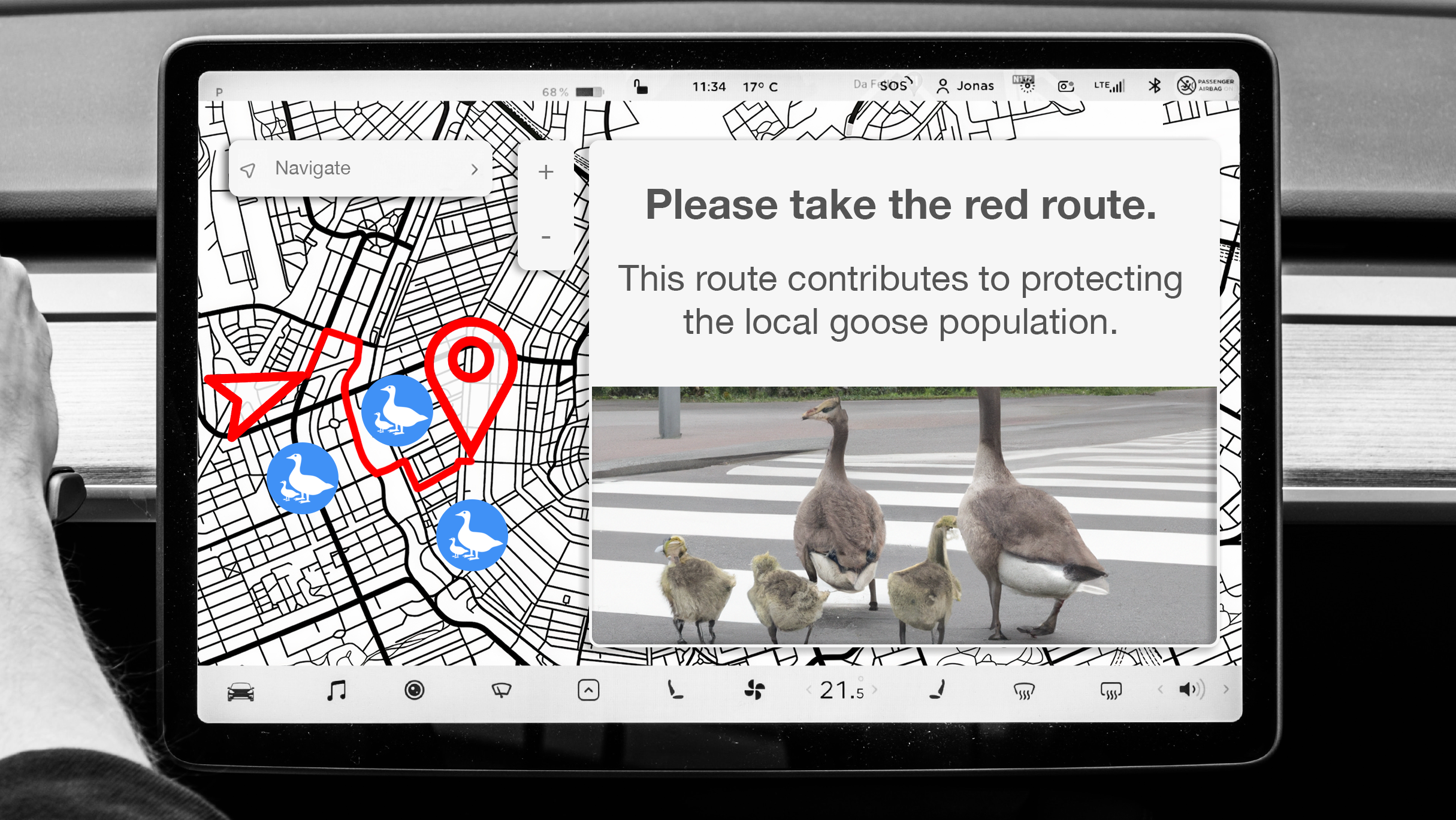
A journey towards responsible design
Our specific project's interpretation of Code the Streets focuses on experimental responsible design and its potential to shape the cityscape of the future. At Responsible Sensing Lab, we envision Code the Streets as a sophisticated system capable of dynamically adapting traffic rules to enhance our cities in multiple facets. The primary objective is to align with collective values (for example privacy, contestability and autonomy), including climate resilience, liveability, accessibility, economic growth, safety, and more.
At Responsible Sensing Lab, we cast our gaze ahead, exploring what Code the Streets–and mobility in our cities–looks like 20, 30 years down the road.”
— Fabian Geiser, Project manager, Responsible Sensing Lab
Project goals
Within this project, we have set clear objectives:
1. Recommendations for responsible design
We aim to provide actionable recommendations for the responsible design of Code the Streets, tailored to the unique needs and values of the city of Amsterdam.
2. Understanding autonomy and values
We seek to gain insights into how people experience autonomy and other societal values when interacting with (fictional) smart systems like Code the Streets.
3. Scientific contributions
We are committed to producing at least one scientific publication that captures our findings and insights.
4. Advancing ESDiT goals
Our work aligns with the broader objectives of the ESDiT consortium by contributing to the development of new theories and methods essential for navigating the complexities of socially disruptive technologies.
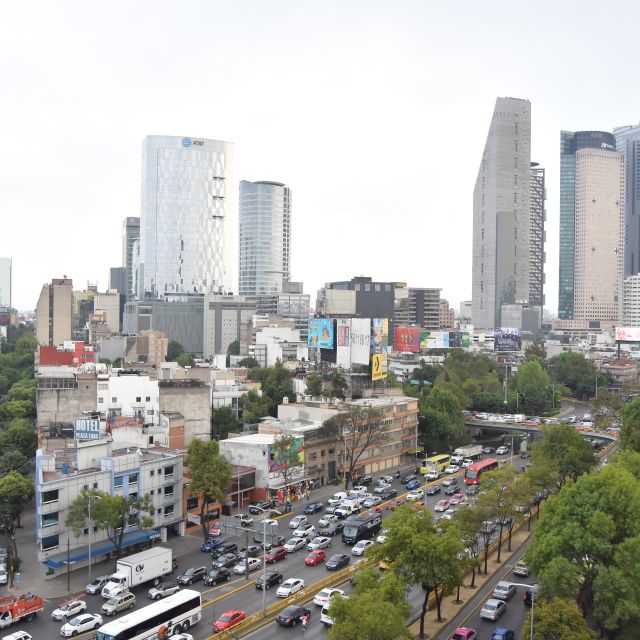
A critical look at urban mobility
Our team takes a critical stance, examining the potential implications of a futuristic version of Code the Streets. We delve deep into the responsible design of such a system, with a particular focus on exploring different speculative design features and how they influence the experience of car drivers as they interact with autonomous technologies.
A collaboration with the Ethics of Socially Disruptive Technologies consortium
Our journey towards a responsible Code the Streets design is a collaborative one. We've teamed up with the CTO innovation team of the City of Amsterdam, as well as philosophers from the Ethics of Socially Disruptive Technologies (ESDiT) consortium.
This consortium draws expertise from various universities (see below), united in their pursuit of developing theories and methods critical to understanding, evaluating, and intervening in socially disruptive technologies.
- TU Delft
- Eindhoven University of Technology
- University of Twente
- City of Amsterdam
- Utrecht University
- UMC Utrecht
- Universiteit Leiden
- Eindhoven University of Technology
- Wageningen University & Research
Final Report: Driving for Values
This report presents an in-depth study conducted in collaboration with experts from the Ethics of Socially Disruptive Technologies (ESDiT) consortium and the Smart Mobility Program of Amsterdam. Driving for Values builds on insights from the Code the Streets project, which explored how technology can guide traffic flows while respecting public values. Driving for Values takes this a step further by examining how car navigation systems can support public values such as livability and air quality, while preserving drivers' autonomy.
The concept introduces "social routes"—voluntary navigation options that encourage drivers to choose routes beneficial to society. Through prototypes, empirical studies, and philosophical reflection with 65 participants, the project investigates the balance between autonomy, acceptability, and acceptance. The recommendations from the study suggest ways to refine the system’s design, improve transparency, and engage citizens in the process, drawing on the foundations laid by Code the Streets.
For further insights and recommendations:
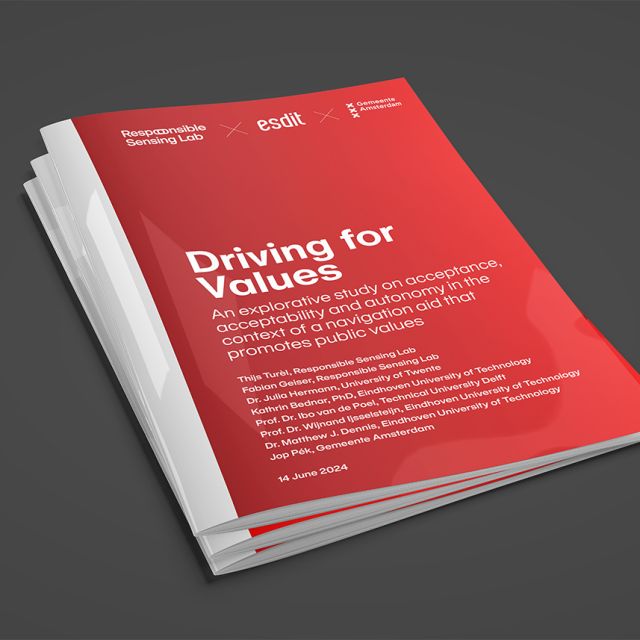
Articles
Can navigation apps align with public values? (URL)
Published by AMS Institute 21 Nov 2024
Current navigation tools prioritize speed, often at the cost of urban quality and fairness. This study explores how nudging drivers toward public-minded decisions could lead to safer, more sustainable traffic flows.
Hoe een navigatieapp het autoverkeer kan sturen voor een meer leefbare stad (URL)
Published by www.gebiedsontwikkeling.nl
Een navigatieapp die routes uitstippelt die de leefbaarheid en duurzaamheid in de stad vergroten: onderzoekers van het Amsterdamse Responsible Sensing Lab testten hoe automobilisten gemotiveerd worden om ‘sociale routes’ te nemen.









